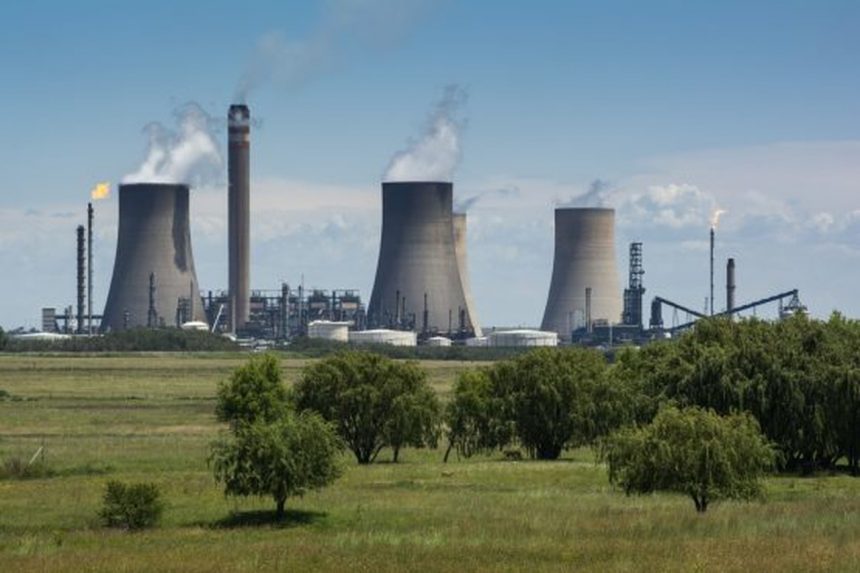A study by Global Climate Insights (GCI) reveals that Sasol risks missing its climate goals if the group fails to secure the alternatives needed to replace coal.
In September, South Africa's second largest greenhouse gas producer announced a plan to reduce carbon emissions by about 30% by 2030. However, the study notes that Sasol has so far secured 10% of the total natural gas required to meet its targets for replacing fossil fuels with cleaner or low-carbon sources.
In recent years, the company has come under attack from climate activists and its own investors for its limited progress in reducing emissions.
Sasol gets gas through a pipeline it has developed in some areas in southern Mozambique. But as production from these areas is declining, it is looking at projected import terminals and the potential for a 2600-kilometer (1,616-mile) pipeline to the large offshore discoveries in the north of the country.
GCI said that most of Sasol's coal mines are used for its own operations, but it also exports the fuel and has recently halted such production to benefit from higher prices. According to the study, stopping such sales could reduce the company's Scope 3 emissions, which cover the use of its products, by 13% and allow Sasol to exceed its target in that category.
As part of the coal transition, Sasol intends to create a business unit, ecoFT, which will be dedicated to developing its own Fischer-Tropsch technology.
The company produces about 2.3 million tons of so-called gray hydrogen from coal in its manufacturing processes, which it ultimately wants to replace with green hydrogen produced from renewable energy.

